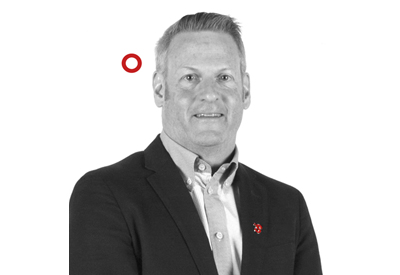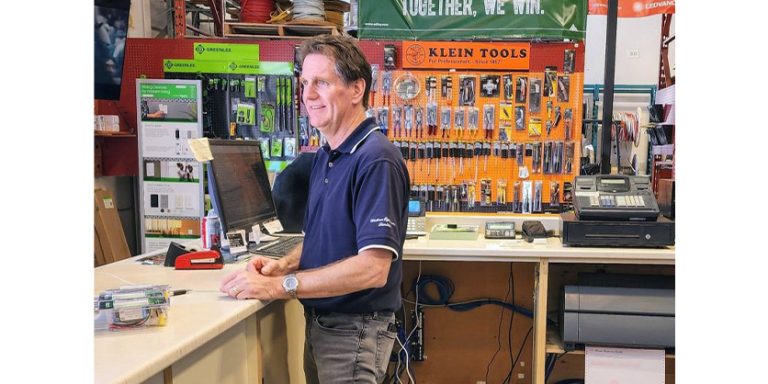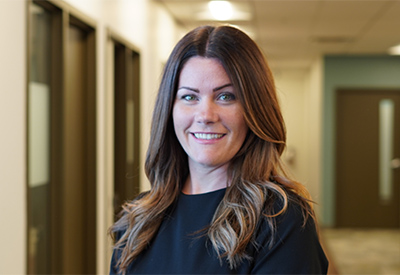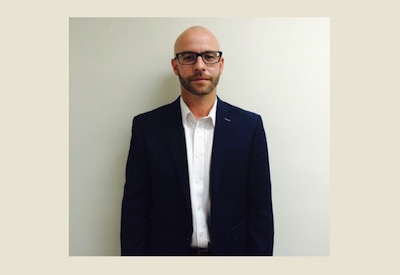Rupali Jain, Electrical Engineer, P. Eng., S&C Electric Canada Ltd.
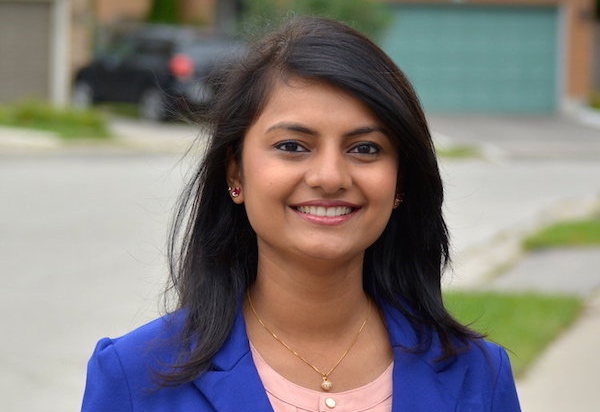
Jan 11, 2019
By Jennifer Ng
Born and raised in western India, Rupali’s passion for mathematics and science began at a young age. In school, she excelled in mathematics and biology, and initially wanted to pursue an education in medicine; but by the time she reached the end of her high school career, Rupali realized a passion that was drawing her to mathematics and pursued a university career in electrical engineering.
Her engineering studies exposed her to electrical power systems, power system analysis, and electricity transmission and distribution concepts. Rupali was more interested in the distribution element of electricity, which bridges the gap between the sometimes obscure technological world of large-scale transmission, to the day-to-day lives of utility customers whose daily lives rely on crucial energy systems. She continued to excel in her academics, and by the end of her undergrad Rupali found a job in a power consulting firm in western India, but wasn’t destined to stay there for long. After an eight-year application process, Rupali and her family were accepted for permanent residency in Canada, and Rupali was both excited and nervous about taking the next step in her career in a totally different country and culture.
A new career in a new country
When Rupali arrived in Canada, she decided to pursue a Master of Engineering. She applied to University of Waterloo, was accepted in 2010, and began her studies on power systems analysis, distributed generation, and power system protection and control.
Her interest in smart microgrids and research and development in power system design led her to a Master of Applied Science (MASc), where she worked with two of the finest professors in the power system industry. She then turned her focus to distributed renewable generation at the local-level, studying average household electricity use, the relationship between electricity and geography, and how devices inside the house (e.g., smart devices) could help people actively manage their power and increase their energy cost savings.
She had the opportunity to present some of her findings at the 2012 Canadian National Committee of the International Council on Large Electric Systems (CIGRE) Canada Conference; she found that people were very encouraging, and actively engaged her on her research and ideas. One of these people included the CEO of METSCO Energy Solutions, who was so interested in her research that he asked Rupali to contact him on the completion of her studies; she finished in 2012 and was offered a new job right away.
During her time with METSCO, she worked on a variety of projects focused on distribution analysis, studies for utilities, and connection impact assessments to examine how distributed generation relates to and impacts electricity systems. One of these projects was developing protection logic with S&C, where she had the opportunity to work with technicians in the field in Kitimat, BC. While she was the only woman on the project, she was confident in her knowledge and experience, and found the technicians friendly and focused on teamwork. Rupali continued her work with the S&C team for over a year; she worked with different teams including engineering and field service, and by the end of the project S&C was so impressed with her work and dedication that they offered her a job.
Career development and S&C Electric Canada Ltd.
Receiving a job offer the middle of another career, Rupali was unsure what to do. She was pleasantly surprised to find that her own manager with METSCO was encouraging and supportive of her career goals. Rupali notes, “I knew this was a great opportunity, but I was wrestling with the uncertainty that comes with a career diversion. Having an honest conversation with METSCO and S&C made me confident that it was the right jump to make.”
In November 2014, she decided to take the leap, and joined the S&C team. Her role has changed quite a bit since then: she moved from smaller projects to large-scale system-level projects, which require planning, design and engineering, and testing and commissioning on site. She even had the opportunity to work on a project with the Department of National Defense, to integrate distributed generation to improve resilience and flexibility to their facilities.
One of the most exciting aspects for Rupali is seeing her designs on paper come to life. At S&C, she was expected to engage both technical and non-technical aspects of her work. For example, S&C emphasizes the importance of quality, so Rupali explicitly inquired about what that expectation meant. Rupali has always understood the importance of continuing to learn, and actively looking for ways to improve her knowledge. From her conversation about quality, Rupali put together a presentation outlining the importance of engineering work quality and what it means, and would share this presentation with other engineers, especially those who were new to her team. She even had the opportunity to present it at the Electricity Distribution Association (EDA) Conference in 2016, where she was thrilled to be able to help other young engineers.
Throughout her time at S&C, Rupali has felt encouraged and supported, both in the technical/non-technical field. Rupali explained: “whenever I experience doubt or concerns, I speak to people with more experience, and won’t shy away from asking for advice,” something she encourages all young people to do. There are many experienced people throughout the industry who are happy and willing to support young professionals with a word of advice, or some general insight/wisdom about the industry as a whole.
Case study: distributed generation
Since her university days, Rupali’s research and interests have always revolved around distributed generation, which grows increasingly important with the continued growth of the renewable distributed grid. We asked Rupali to talk a little about how the electricity system landscape is changing from the perspective of distributed generation, and she explained: “traditional models of generation, transmission and distribution have been largely centralized and unidirectional: large-scale power producers distribute their electricity through the transmission system, and customers use and pay for power. But the landscape is evolving, with the introduction of consumer-scale generation such as solar panels and even storage systems.”
These technologies are propelling change, and utilities are actively looking to answer the question as to how these new unprecedented generation models will potentially impact their systems. Historically, power systems have been largely inflexible, and utilities have to start thinking about power flowing two ways as customers start producing and selling their electricity back to the grid in a safe and reliable way.
In Rupali’s own work, for example, she’s worked with distributed energy resources that are sensitive electronic devices, which can be damaged by even small fluctuations; system planners and engineers have to account for the fact that reversing power flows can damage equipment and reduce its overall lifespan. Rupali comments that there will be increasing loads on transmission lines, which means potential larger system costs and a greater focus on balancing equipment. There are a number of technical challenges to consider before connecting distributed generation, which is slated to grow in the coming years.
Having herself worked on complex system impact assessments, Rupali sees an opportunity here to address a very large system-wide challenge — a number of stakeholders will have to come together to establish the groundwork for tomorrow’s grid, including regulators, local utilities, and customers (both generators and loads). Historically, these systems have been designed top down, but that isn’t a feasible way to move forward with an increasing amount of distributed generation.
In Rupali’s opinion, better long-term planning can help ensure that costs are considered and distributed fairly, and that the procedures and rules are established in a robust way to reduce islanding, where loads may disconnect from the grid entirely, then reconnect on their own. This will become more salient with the increasing installation of energy storage facilities (e.g., batteries); industrial customers that disconnect and reconnect to the grid by their own schedules can wear down or damage equipment, and have larger system planning implications, so regulators will have to support utilities to help them meet the challenge of balancing their systems in the long-term. Rupali, along with the S&C team, are excited for what the future will bring in the electricity grid of tomorrow.
Jennifer Ng is a Senior Analyst, Renewable Development at Invenergy LLC and a volunteer writer for WiRE (Women in Renewable Energy). This profile was first publishing online by WiRE


